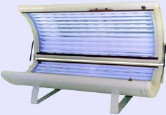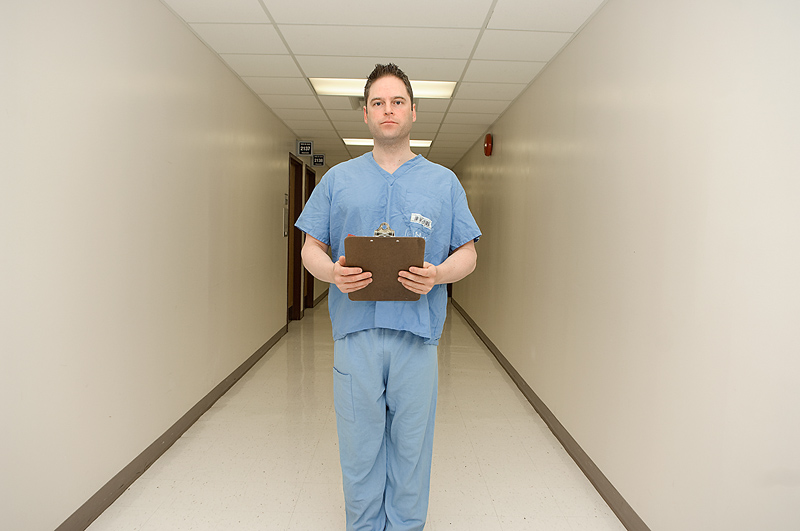
FRIDAY, Jan. 20 (HealthDay News) — A 10 percent federal tax, imposed on tanning salons in 2010 as part of the U.S. Affordable Care Act, does not seem to deter those who like the bronzed look all year long, a new study finds.
This is true, the researchers discovered, even though tanning salon customers typical pay the tax themselves, rather than the salon owners absorbing the extra fee.
“When the tax first went into effect, many tanning salon owners said they would pay it themselves rather than pass it onto customers,” said study author Dr. June Robinson, a research professor of dermatology at Northwestern University Feinberg School of Medicine in Chicago.
She and her colleagues surveyed 308 Illinois tanning salons to assess the effect of the new tax. “The surprise is that almost none did this [absorb the cost],” she said. Instead, the salons are passing the tax on to customers. What’s more, they found the customers don’t seem to mind.
The study is published in the January issue of the Archives of Dermatology.
Among Robinson’s findings:
- Eighty percent of the salons collect the extra 10 percent from customers through pricing, rather than absorb it.
- About the same number of customers come to the salons now as before the tax. The median number of customers per day is 41.
- Seventy-eight percent of the salons said customers don’t seem to mind paying the extra 10 percent.
Experts such as Robinson are concerned about the increased risk of skin cancer that comes from using the tanning beds. For those under 18, she said, complete bans are needed.
California now has what is considered the strictest regulation on tanning salons, banning use for those under 18.
Most other states regulate use by minors in some way, according to California government officials.
The regulations banning those under 18 from tanning salons should be coupled with fines, Robinson said. “This model follows that of seat belt wearing with enforcement by police in traffic stops and fines in the hundreds of dollars.”
If a tax were to work, she said, it would probably have to be higher, say 30 percent, and be combined with fines.
The new study suggests that for some, “the desire [to tan] is stronger than the 10 percent tax,” said Dr. Jeffrey Dover, a Boston-area dermatologist and an associate clinical professor of dermatology at Yale University School of Medicine in New Haven, Conn. He is a spokesperson for the American Academy of Dermatology.
Another aspect of the problem, Dover said, is that tanning salons often offer package deals, making each session relatively inexpensive.
Other measures are needed, he agreed.
Meanwhile, Robinson said parents can help dissuade their teens. “Parents can behave as role models and offer substitutes to tanning to looking and feeling good,” she said. “Parents provide both the financial means and emotional support that can influence the teen’s behavior.”
In a separate study published in the same issue of the journal, other researchers from several universities found that about half of 181 women aged 18 to 38 surveyed who said they used sunless tanning products — considered safe — still had used a tanning bed in the previous 12 months.
Yet another study, published online in December in the same journal, found that young women who used sunless tanners tended to spend less time in the tanning beds and tanning outside.
More information
To learn more about sunscreens, visit the American Academy of Dermatology.

